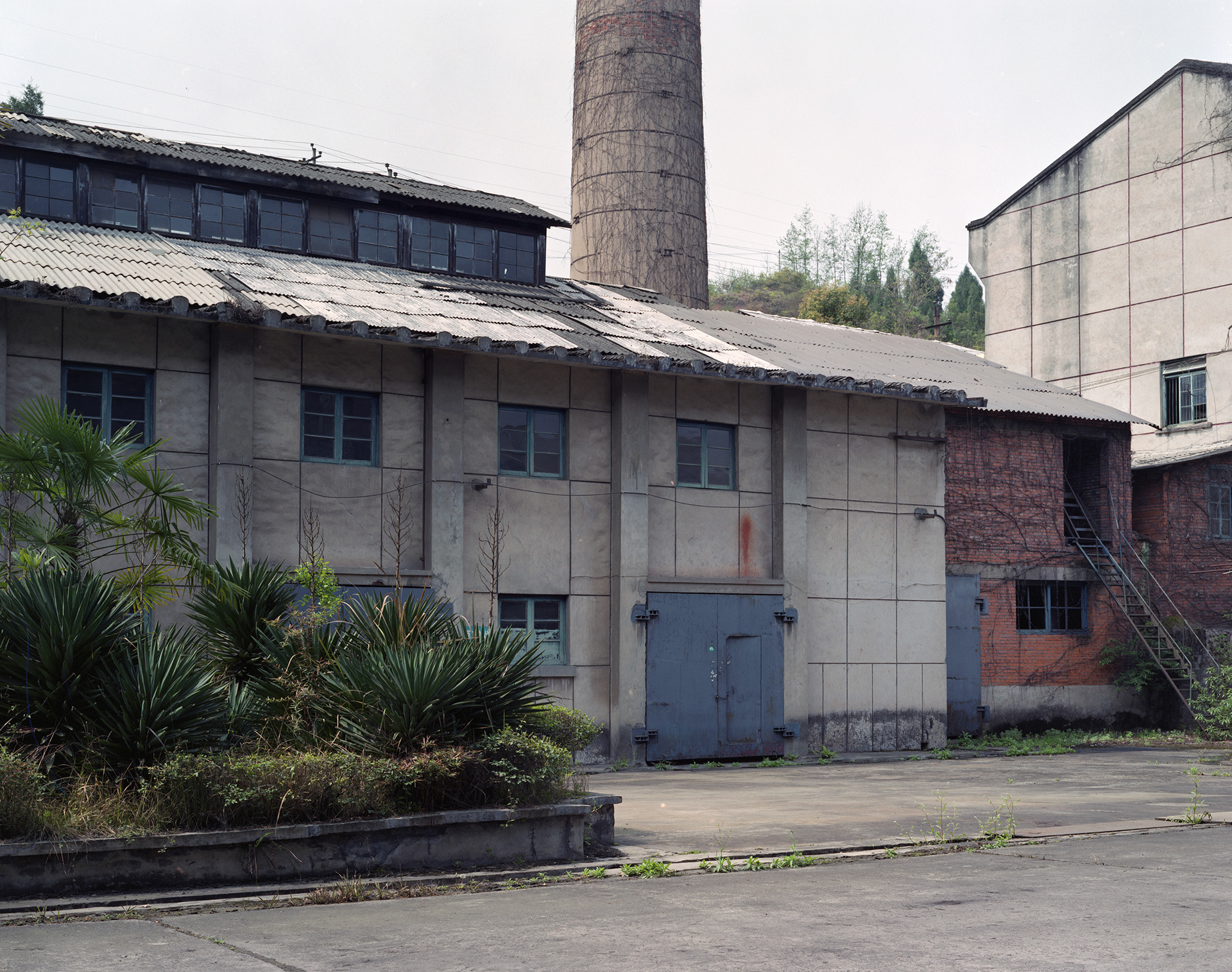
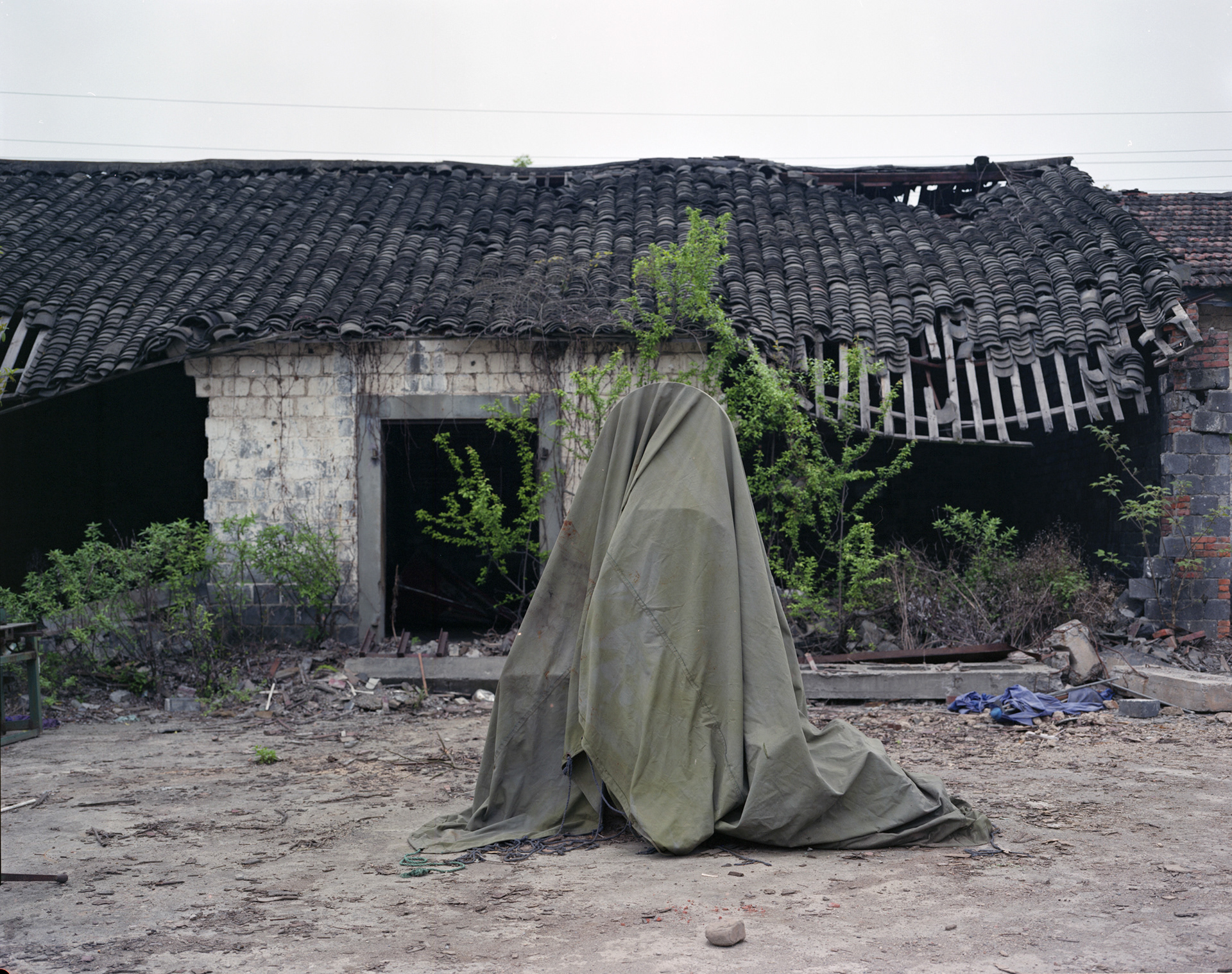
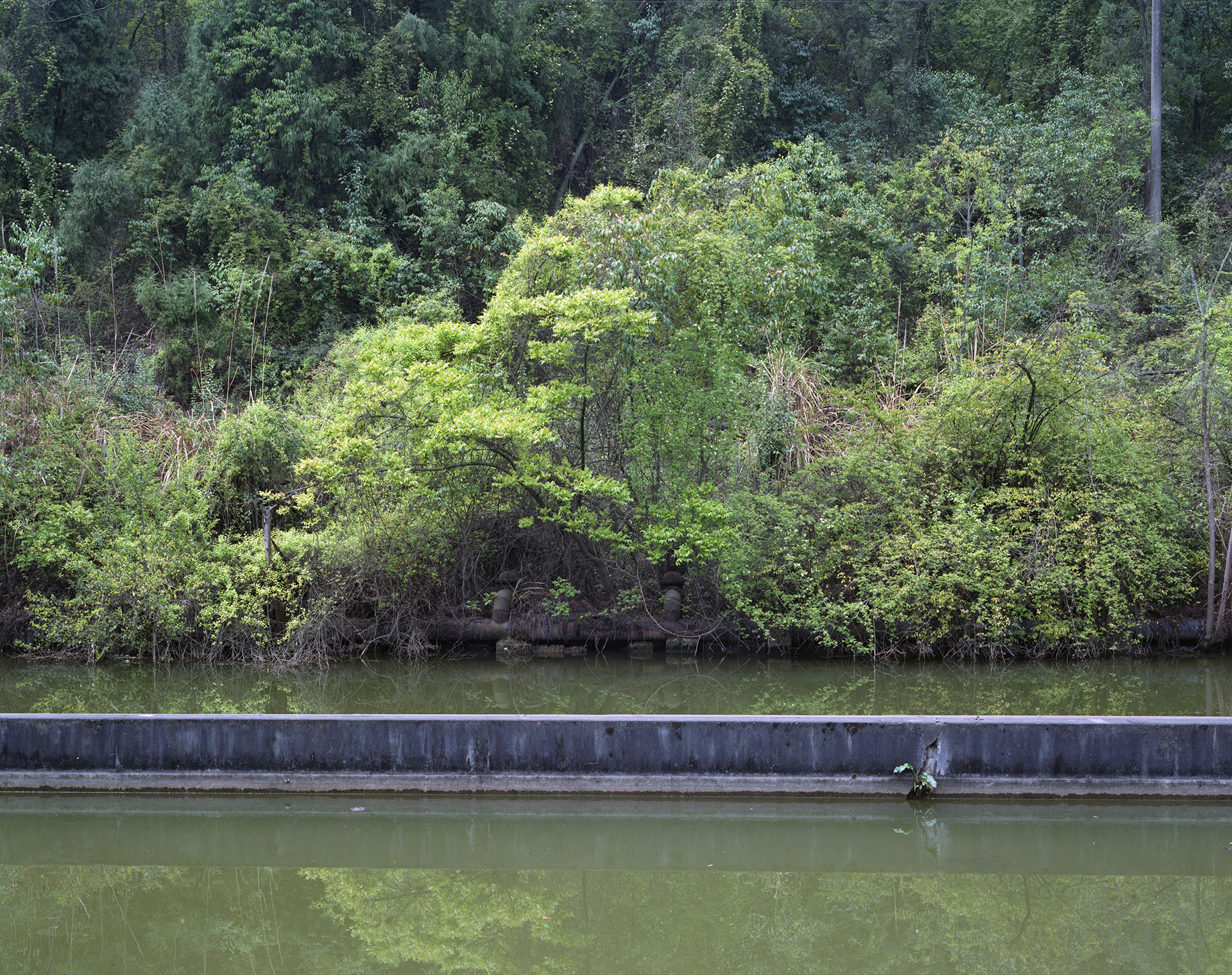
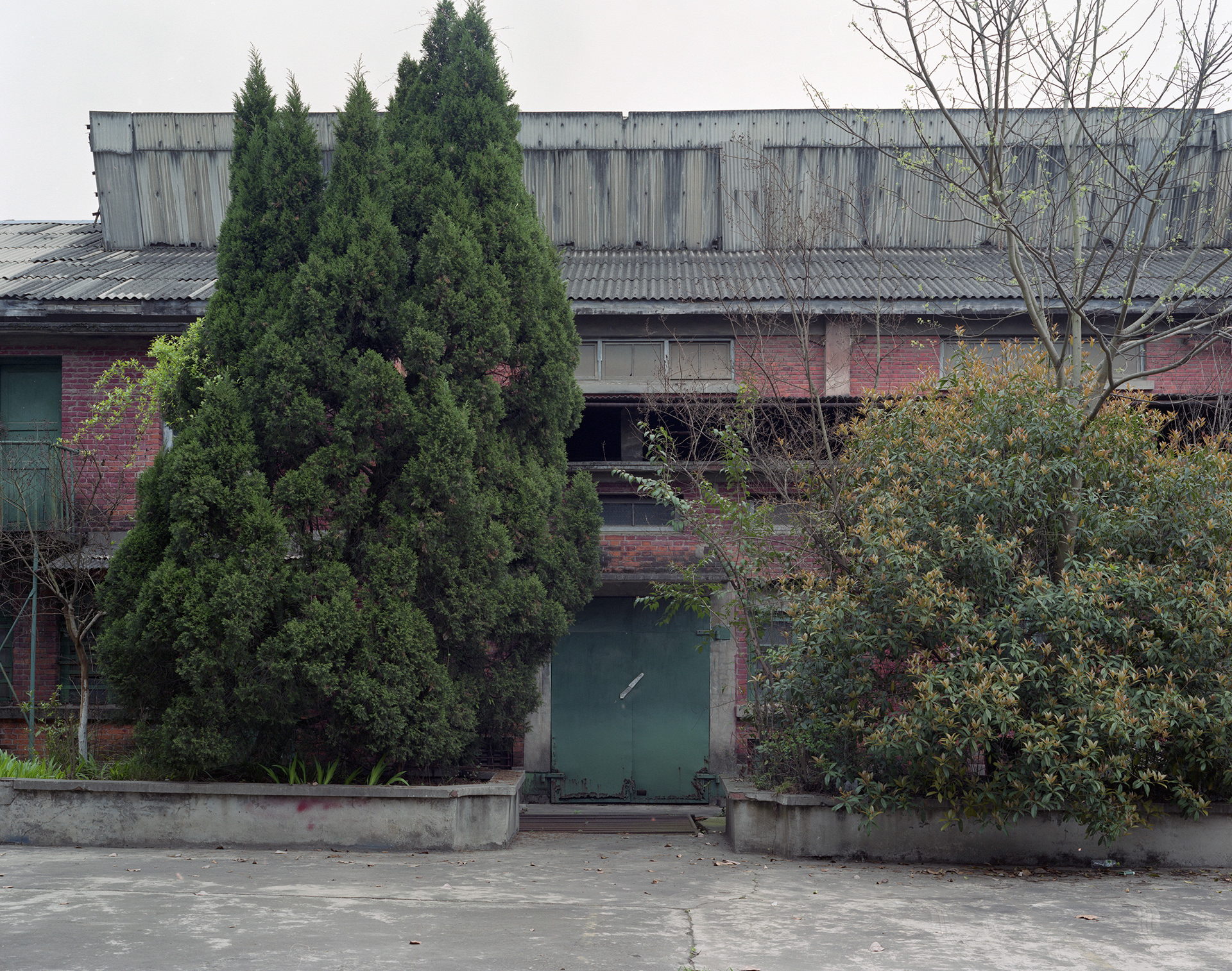
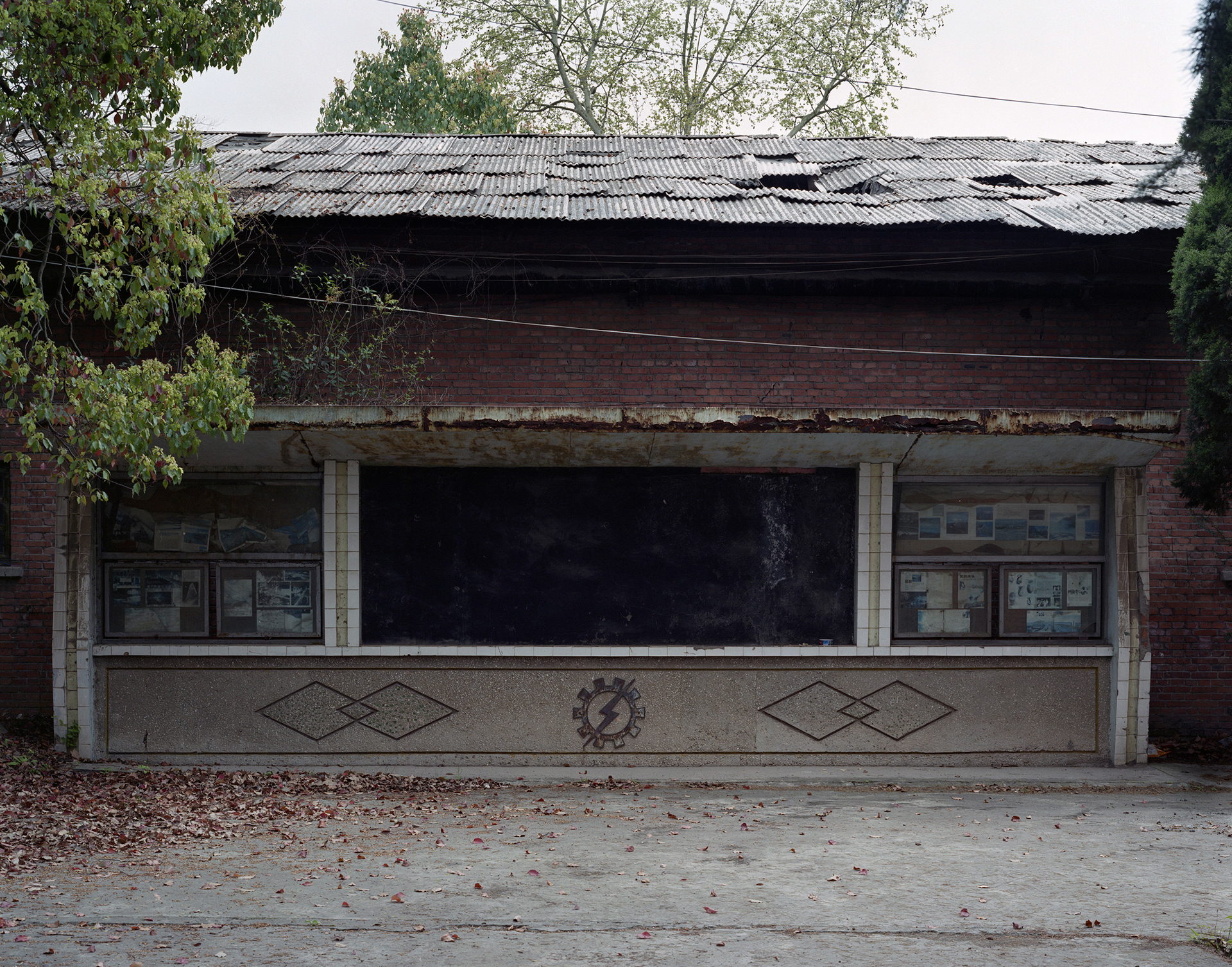
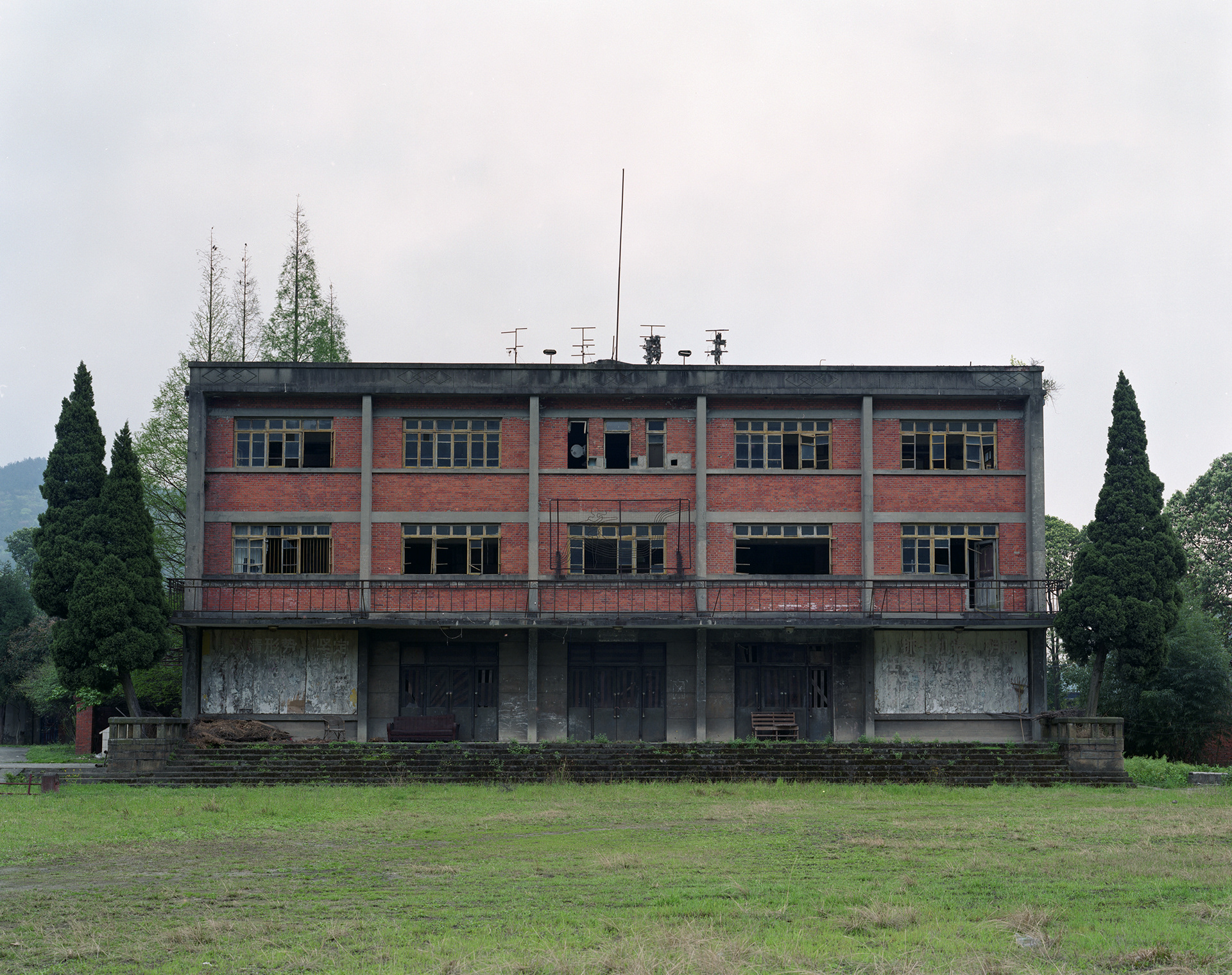
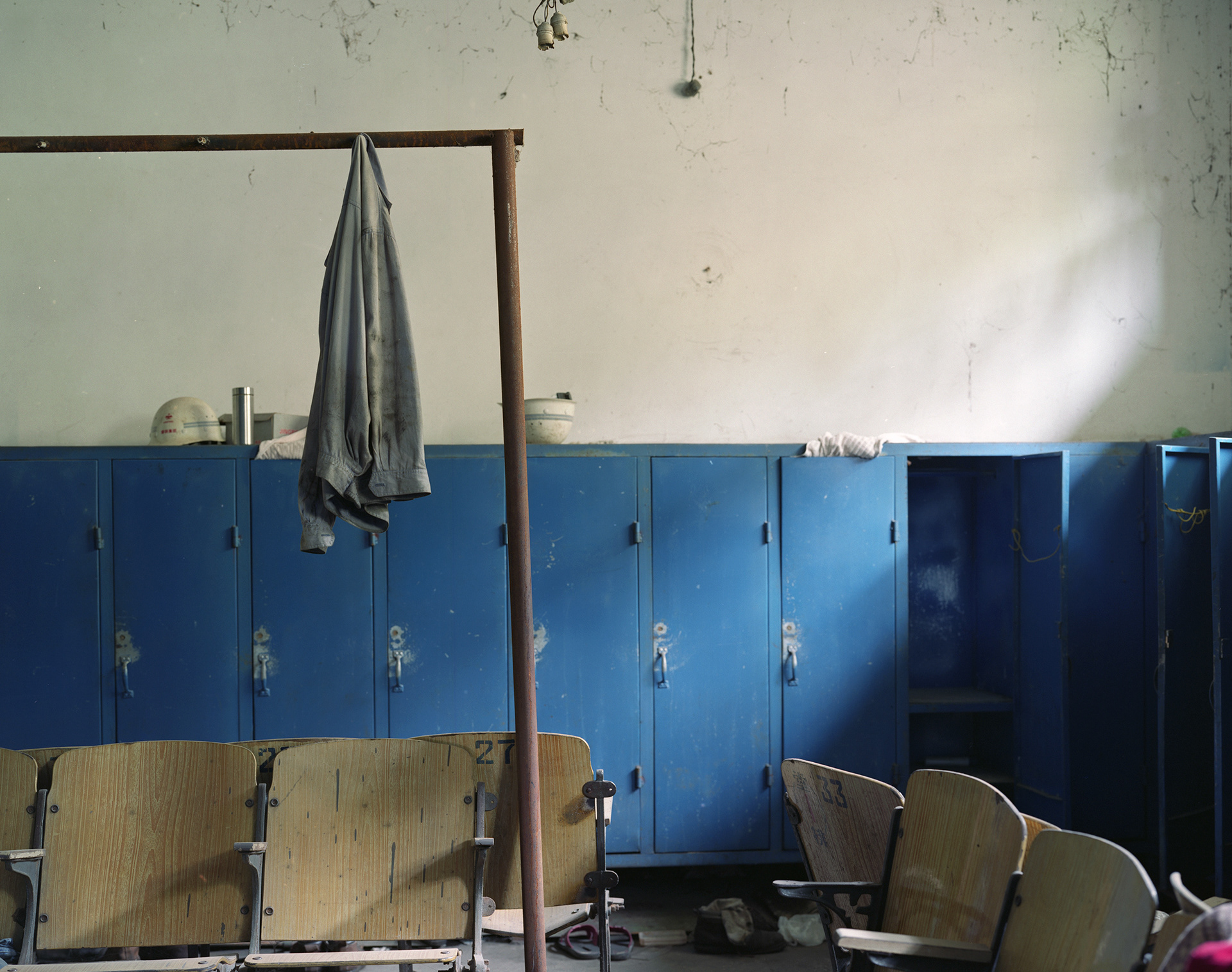
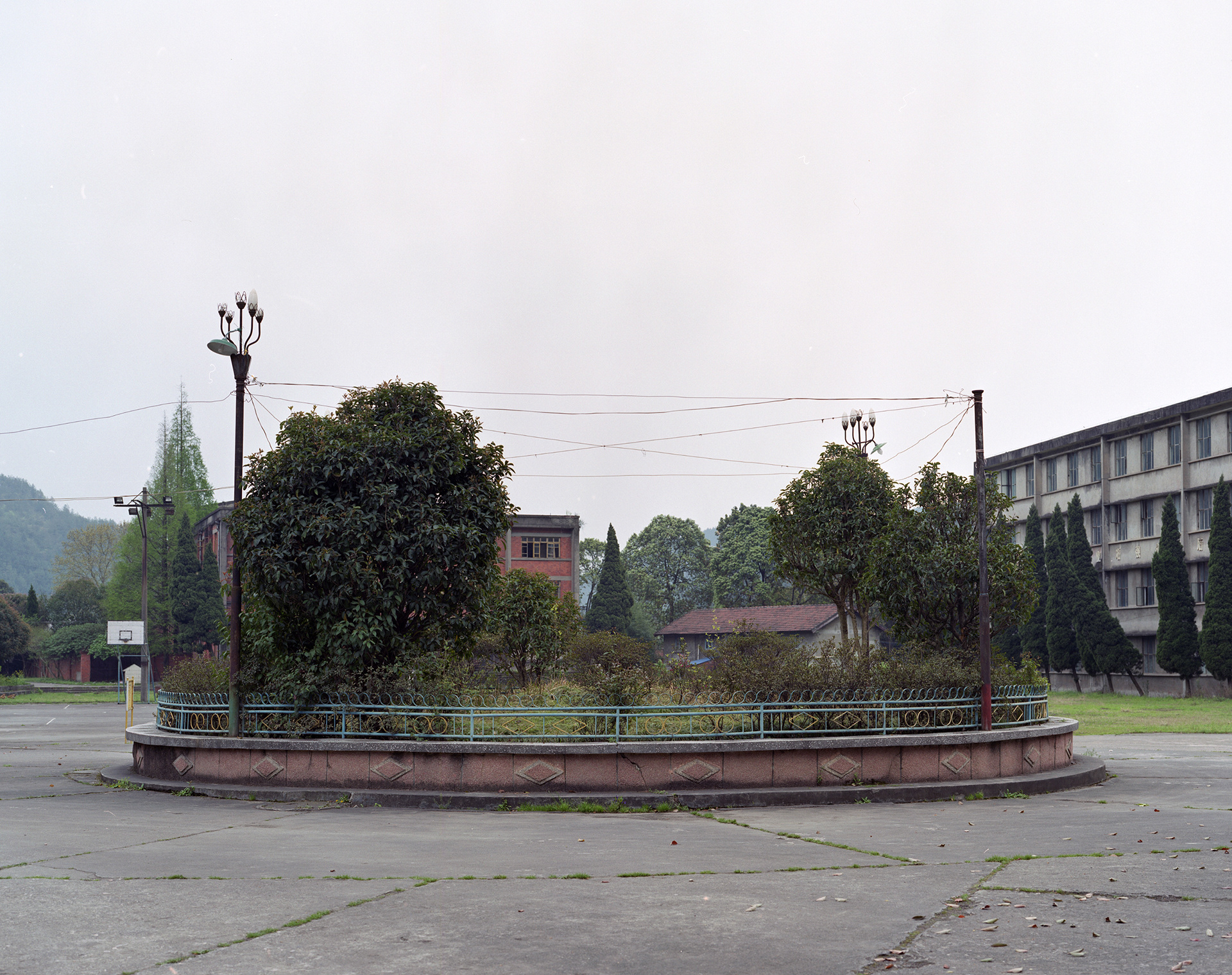
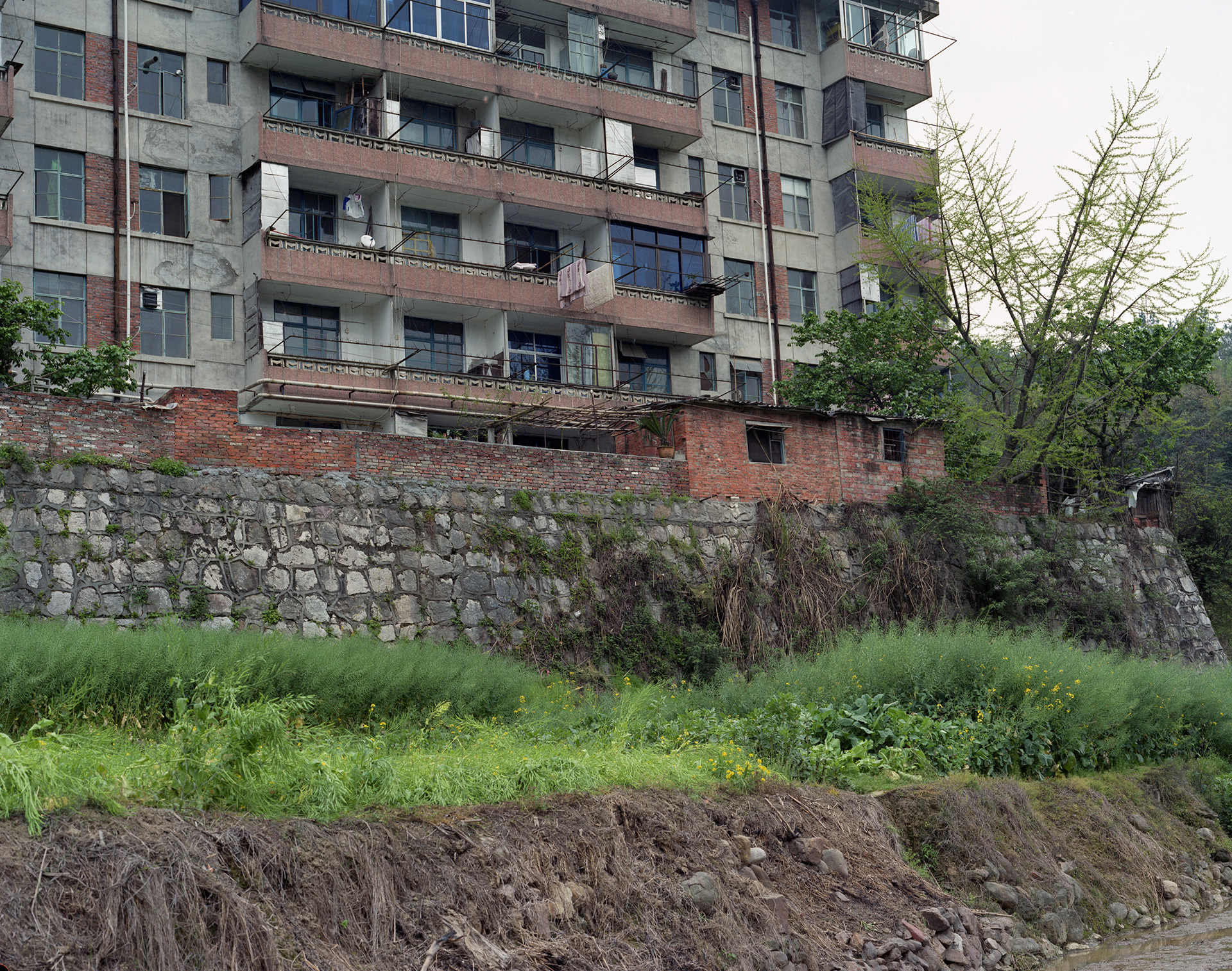
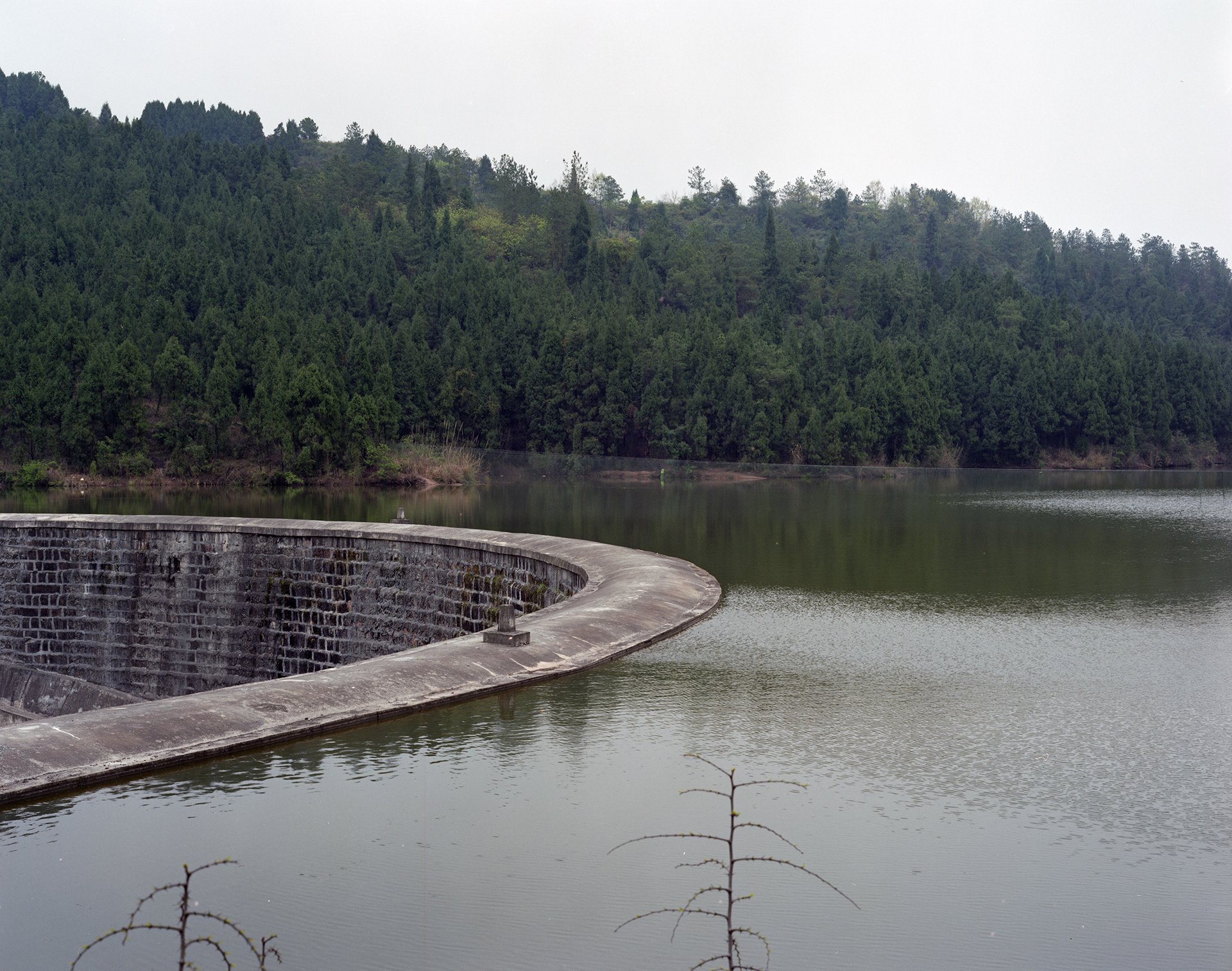
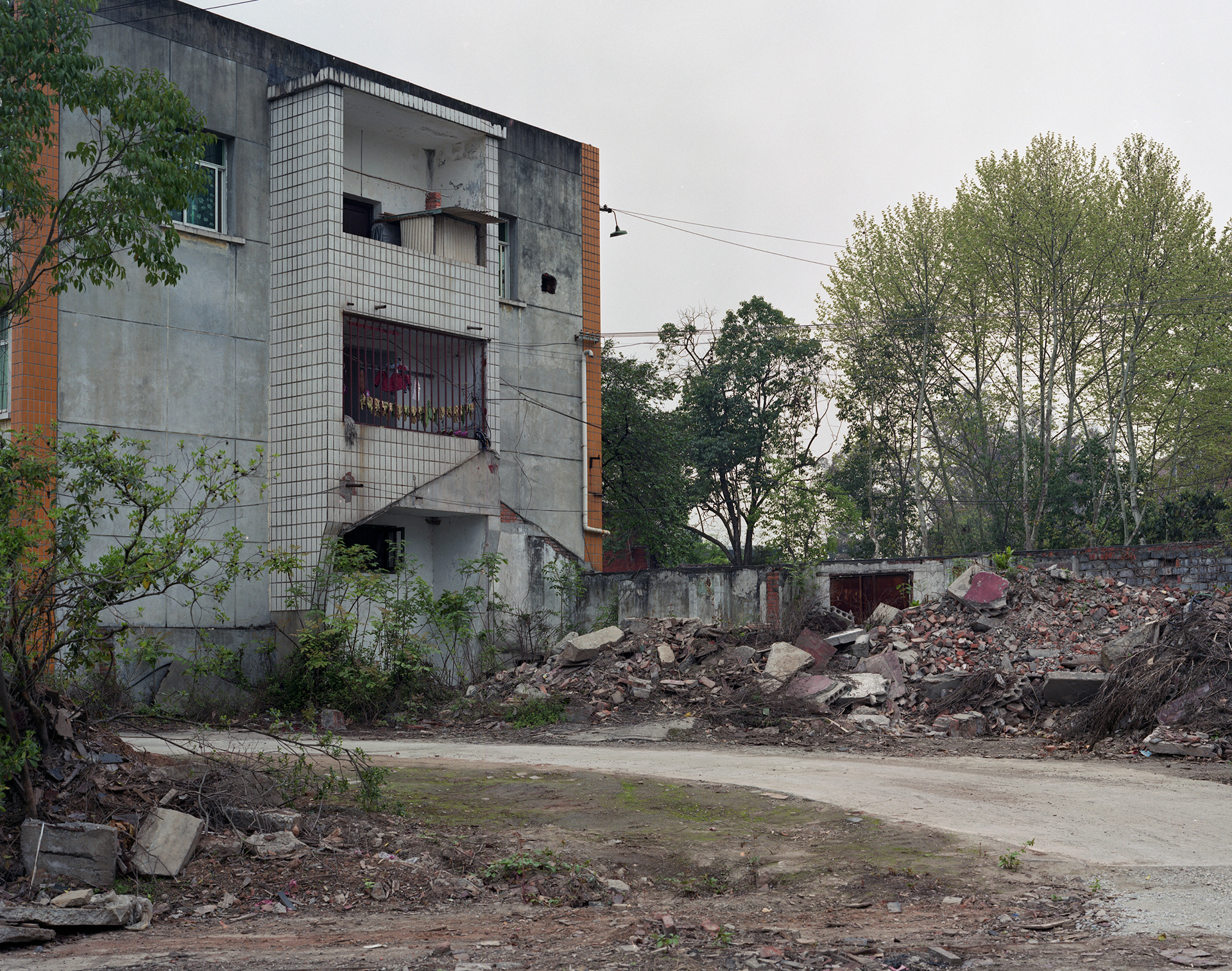
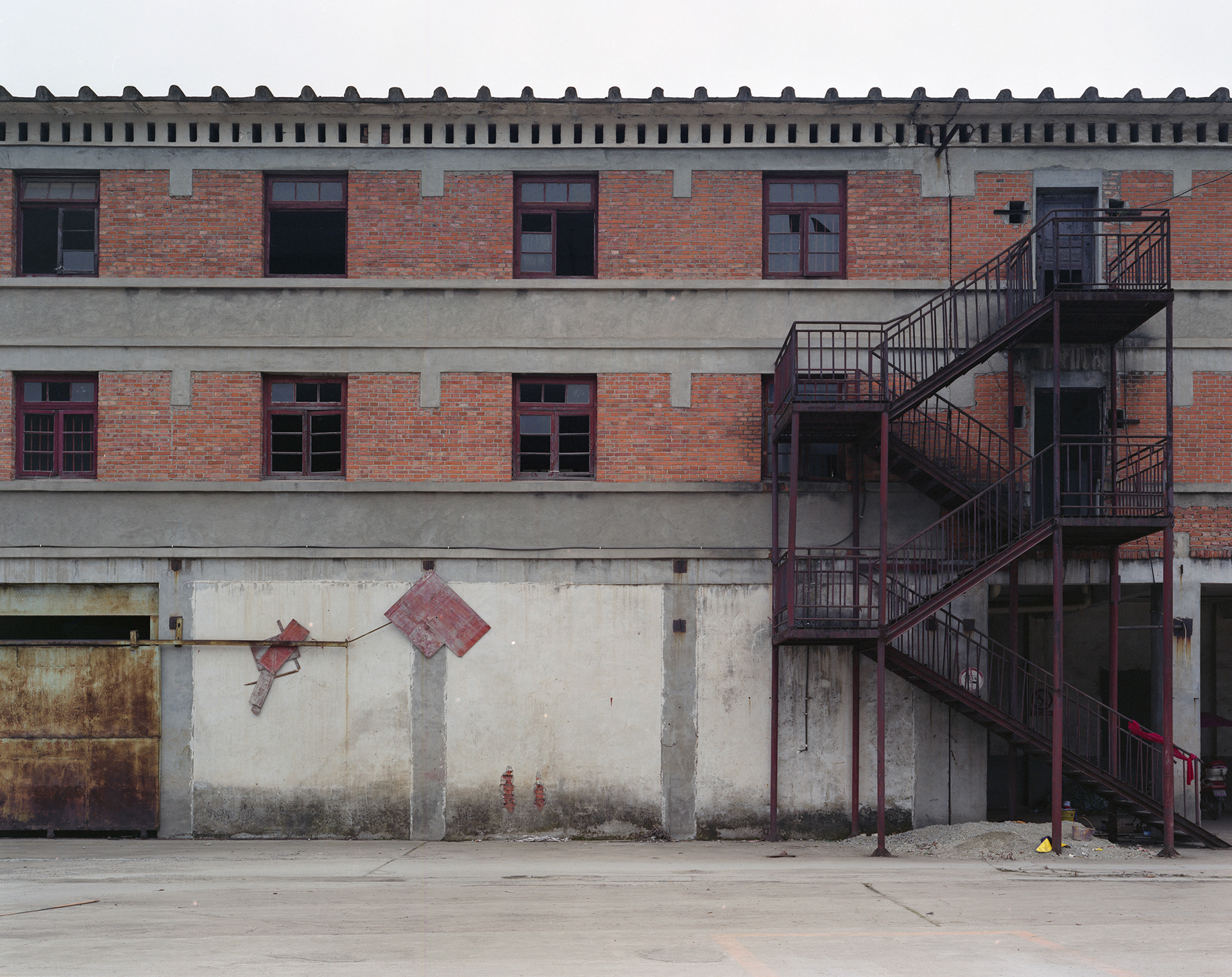
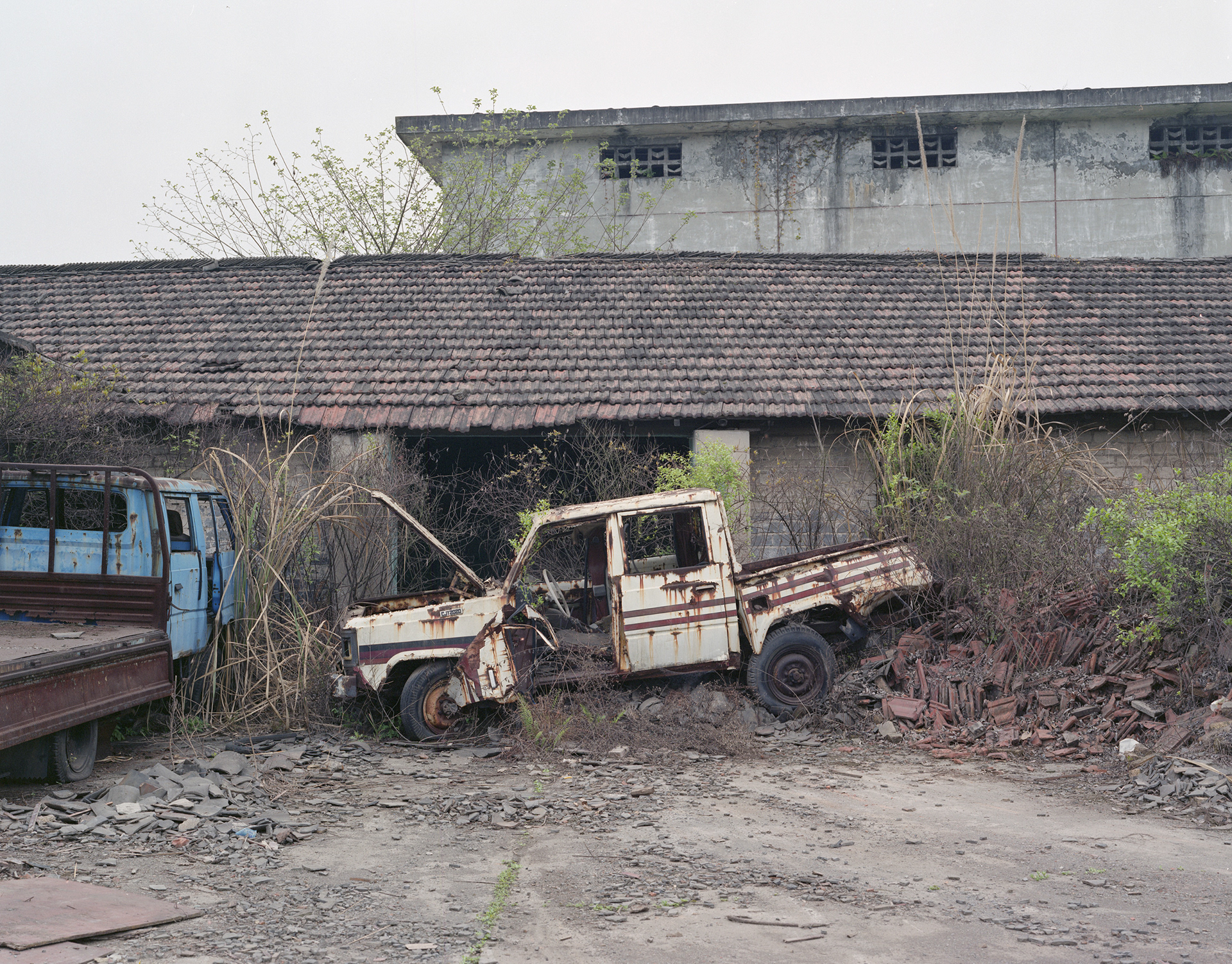
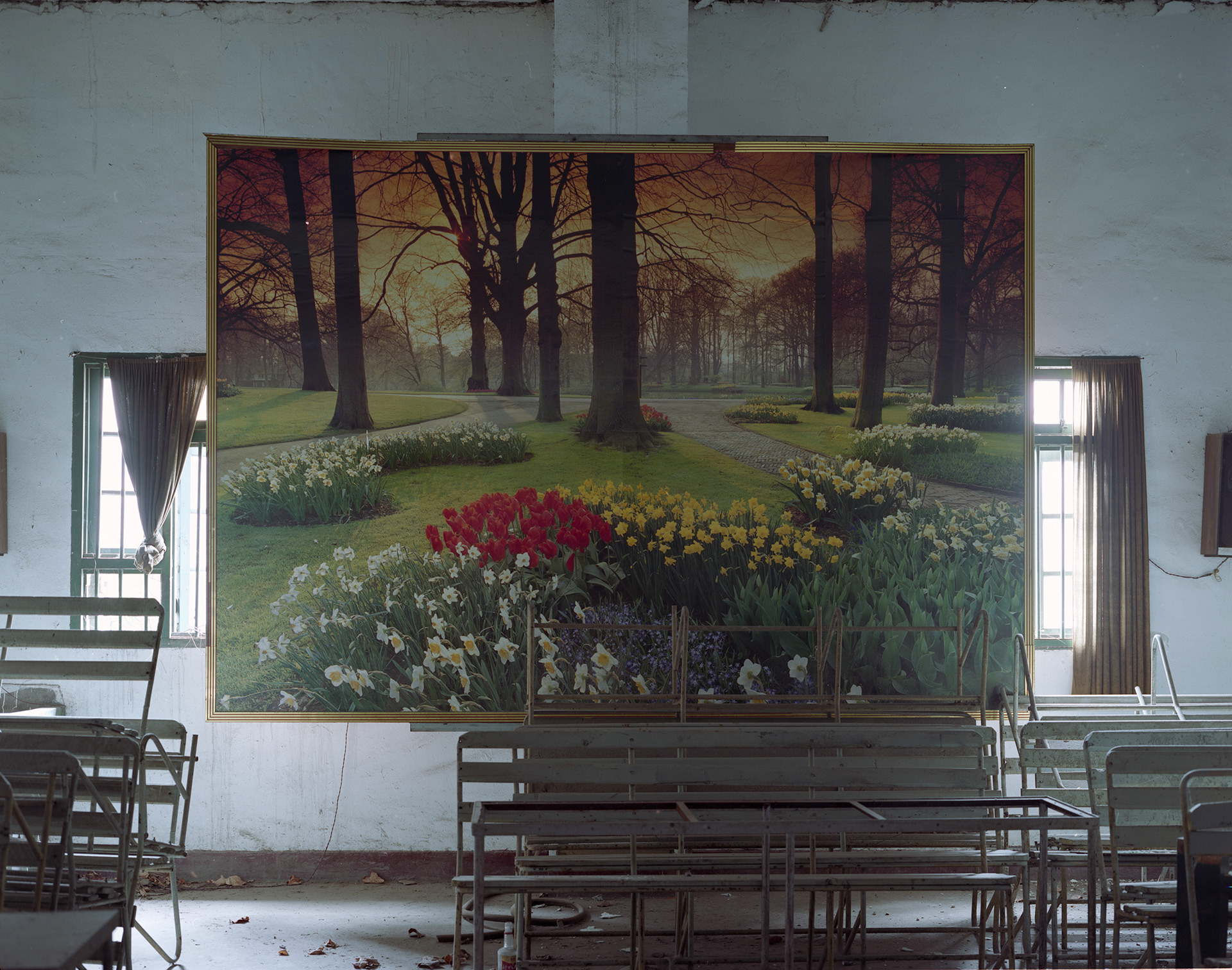
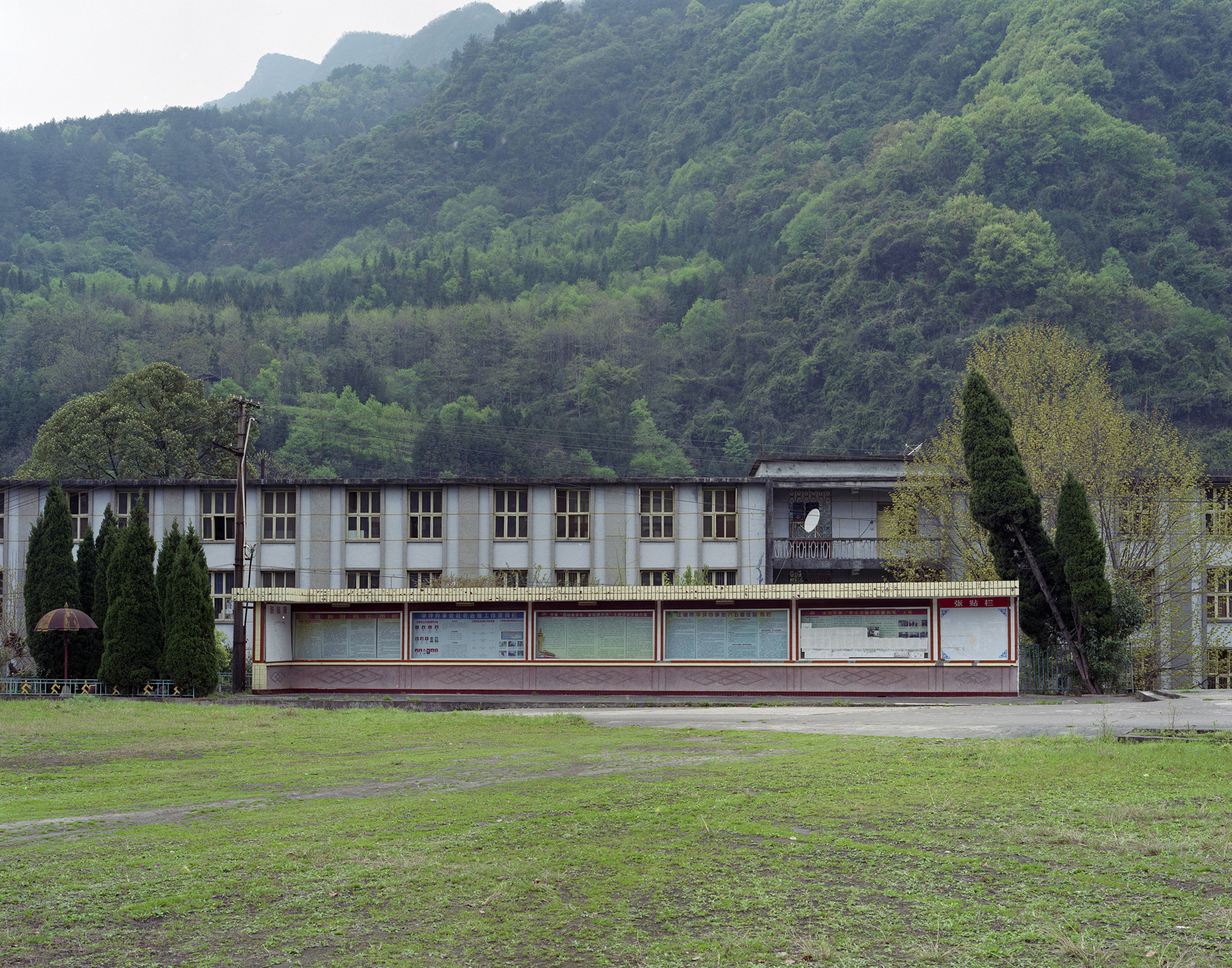
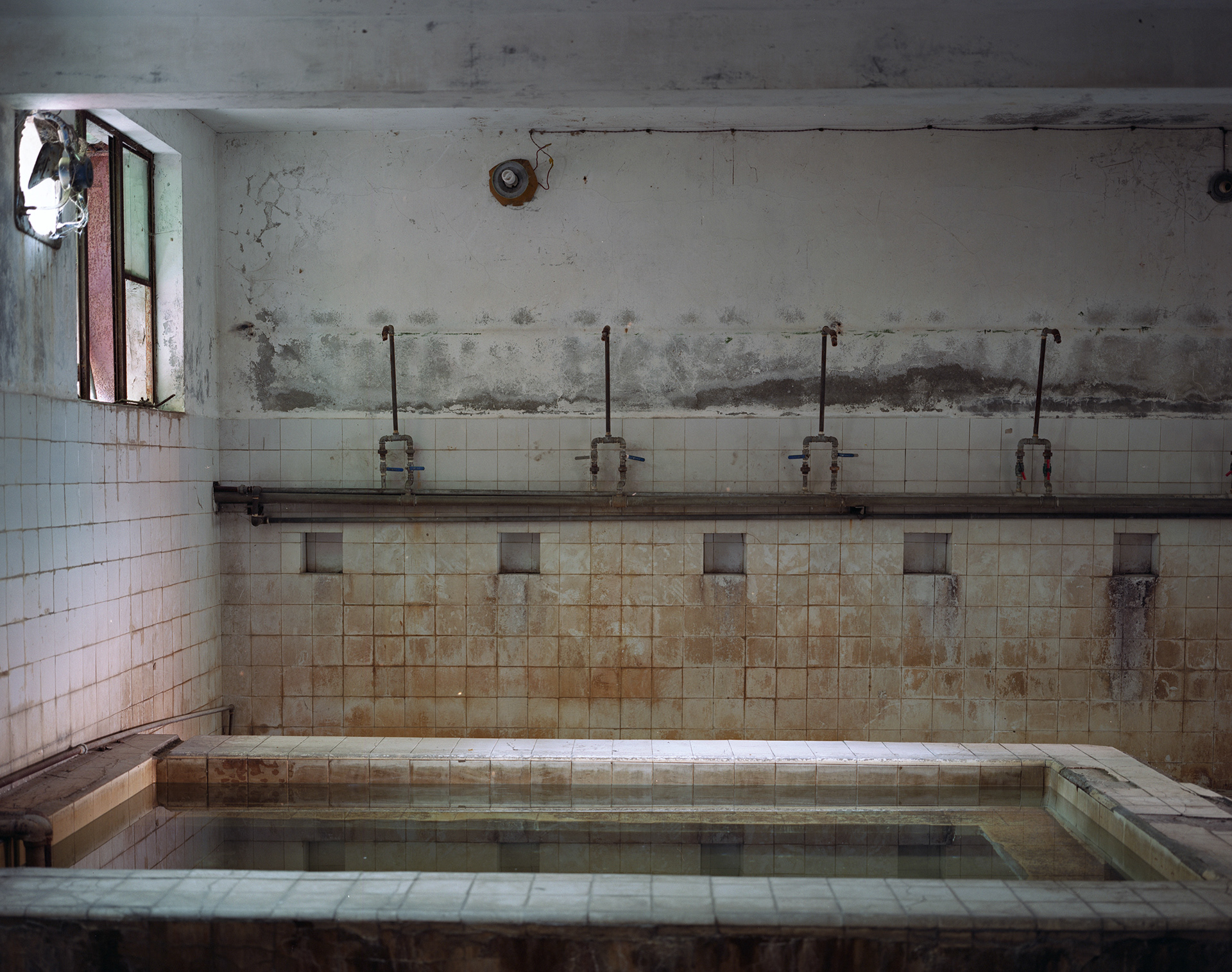
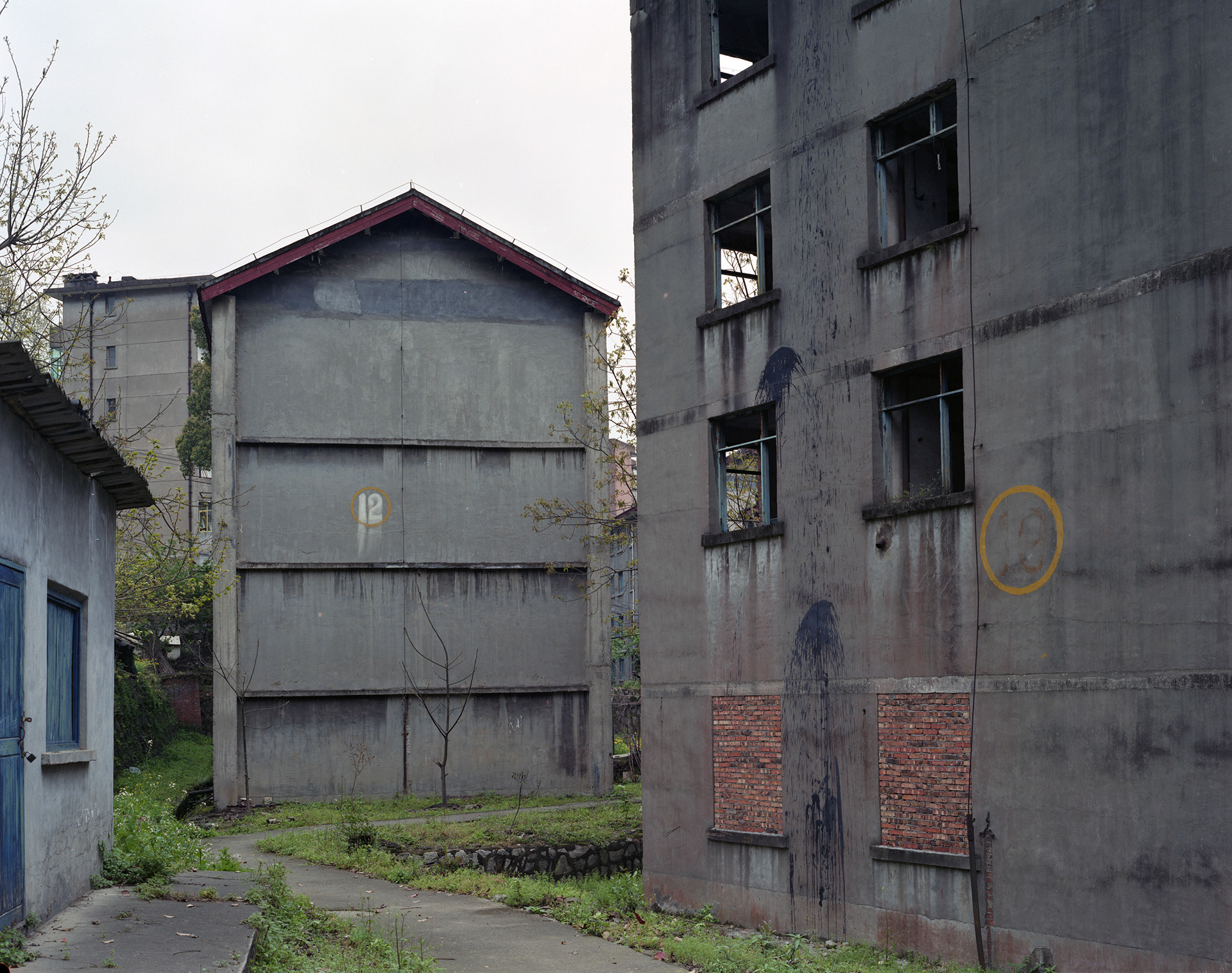
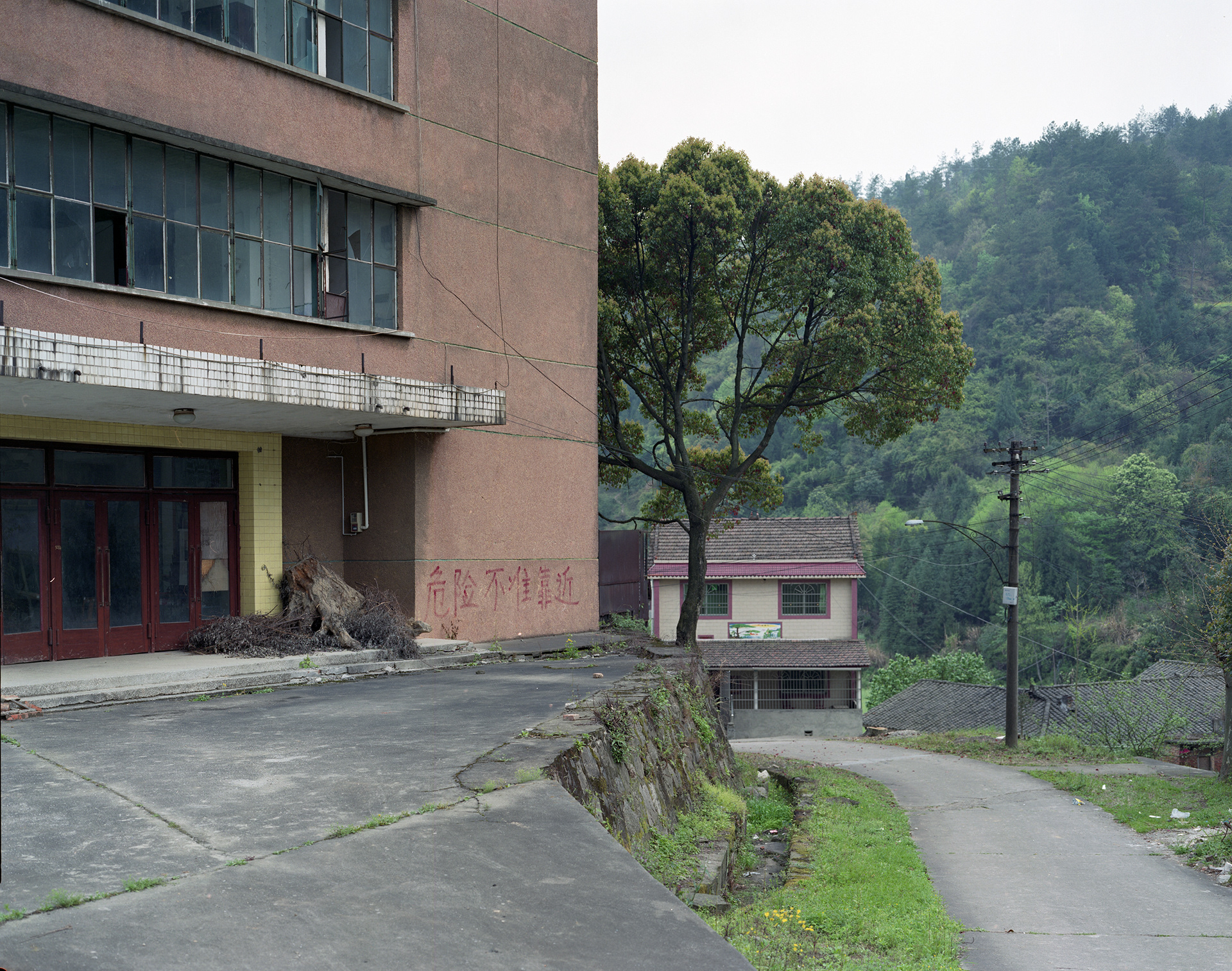
Code 645
This photographic series traces the remnants of a forgotten chapter in Cold War geopolitics. In the 1960s, amid escalating tensions between the United States and the Soviet Union, China found itself drifting away from its former Soviet ally and cautiously preparing for potential alignment with the West. Yet in anticipation of military conflict, the Chinese government launched a massive internal migration project known as the "Third Front Movement," relocating key industrial enterprises from coastal cities and major urban centers deep into the remote mountainous interior.
But it wasn’t just machines and factories that were relocated. Entire populations of workers, engineers, administrators, and their families were uprooted and stationed in newly constructed settlements, hastily built in isolated terrain with little infrastructure or connection to the outside world. These artificial cities, born from military urgency, demanded total loyalty from those sent to inhabit them. For decades, these communities operated in a state of suspended autonomy—self-contained, silent, and forgotten.
When the Cold War ended and the Soviet Union collapsed, the strategic value of these internal industrial sites vanished almost overnight. The newly globalized economy privileged connectivity, mobility, and access—none of which these towns possessed. With no viable transport routes, no resources coming in, and no way to distribute their goods, these towns became obsolete. One by one, their residents found ways to leave—some returning to the coast, others seeking opportunity in urban centers. What was left behind were ghost towns, severed from their original purpose, slowly crumbling into silence.
The site I visited lies in the mountains of Sichuan Province. Known only as Factory No. 654, this facility once handled radioactive materials under military supervision. According to local accounts, over 60% of the workers who labored here later developed cancer. Now, the walls of the factory and surrounding housing are covered in moss and wild growth, creating a kind of green hush that belies the magnitude of what once transpired. The silence is not peaceful—it is heavy, accumulated. The walls, the soil, the air itself seem to hold onto a history that was never truly allowed to be spoken.
These are not simply industrial ruins. They are the residuals of a system that once demanded complete obedience and then abandoned those who had served it. Unlike the deindustrialized “rust towns” of the United States, whose decline is often framed through economic loss, these Chinese sites are marked by deeper scars—scars of state secrecy, bodily sacrifice, and the systematic erasure of individual narratives from the national myth.
The photographs capture stairways that lead nowhere, windows that open onto no one, and walls overtaken by time. Each image is an imprint of human life pushed to the margins of historical relevance. Rather than viewing these places through the lens of political history or industrial heritage, I approach them as landscapes of wounded memory. The lives once lived here are not preserved in archives or commemorated in reports; they remain only in the faint smell of damp walls, the echo of wind through empty rooms, the softness of mold clinging to metal.
This work is an act of listening—to spaces that no longer speak, to people whose stories were never allowed to resonate.
Perhaps ruin is not the end of architecture, but the last remaining trace of human presence in the aftermath of power.
Perhaps ruin is not the end of architecture, but the last remaining trace of human presence in the aftermath of power.
Code 645
冷戦の只中、1960年代。世界が分断と緊張の只中にあった時、中国はかつての同盟国ソ連との関係を急速に冷却させ、アメリカとの接近の可能性に目を向け始めていた。だが、その外交的身のこなしの陰で、もっと切実な判断がなされていた。すなわち、敵国による攻撃の可能性に備えて、沿岸部や都市部の産業・工場群を、国土の奥深く——山地や内陸部へと移転させる「三線建設」が静かに、だが大規模に進行していたのである。
工場だけでは動かない。機械設備とともに、労働者、技師、管理者、そしてその家族までが移住した。インフラも整わぬ未開の地に、人工的に都市が築かれた。国家の命令によって移された人々は、そこに「定住」を強いられた。閉ざされた山地、外界との往来の断たれた場所。そこには「必要に応じて作られ、必要が過ぎれば忘れられる町」が、確かに存在していた。
冷戦が終わり、ソ連が崩壊し、世界は市場経済の潮流へと舵を切る。かつて国家の「軍事的意志」によって成立していたこれらの町は、その役目を失った。鉄路は通じず、原材料は届かず、製品も外に出せない。すべてが遅れ、錆びつき、取り残された。都市としての機能を剥奪されたそれらの場所は、やがて人々の手で離れ去られていく。誰もが、どんな手段を使ってでも、元の街へ、海辺へ、都市の光へと帰還を願った。町は廃墟となり、記憶の影だけが残された。
私が訪れたのは、四川省の山奥にある番号654の工場跡地である。この場所は、かつて放射性物質を取り扱っていた軍需工場だった。そこでは労働者の六割が、がんを発症しているという。いまでは工場の壁も住居の窓も、コケと植物に覆われ、まるで時間そのものに封じ込められたような佇まいを見せていた。だが、その静けさのなかに、私は耐えがたい重さを感じた。土に、壁に、あるいは沈黙に、染み込んでいるものがある——それは語られなかった痛みの総量である。
この風景は、単なる産業の廃墟ではない。それは国家の巨大な物語に組み込まれ、使い捨てられ、忘却された人々の痕跡である。アメリカの「ラストタウン」にも似た廃墟の風景だが、そこに横たわる背景はさらに深く、悲惨で、不可視である。住民はただ労働力として動員され、退職とともに切り捨てられ、残されたものは不均衡な身体と、隔絶された空間だった。
写真に写るのは、朽ちた階段、苔に覆われた壁、そしてもはや誰も使わない窓。その一枚一枚が、時代と構造に押し流された人間の存在の痕跡である。私はこのシリーズを、政治史や産業史ではなく、**「傷ついた空間の記憶」**として記録している。そこで暮らした人々の生活は、統計にも報告書にも載らず、ただ風のなかに、壁の染みに、静かなカビの匂いに、宿っている。
この作品は、声なきものに耳を傾ける行為である。
廃墟とは、忘れ去られた人間のために残された最後の証言なのかもしれない。
廃墟とは、忘れ去られた人間のために残された最後の証言なのかもしれない。
